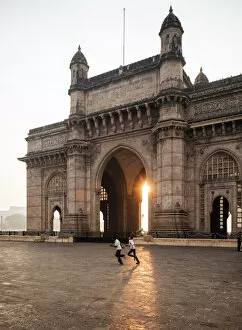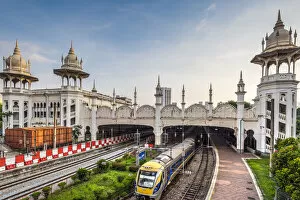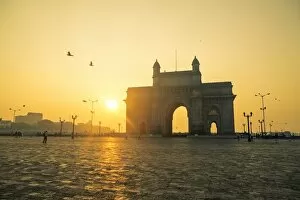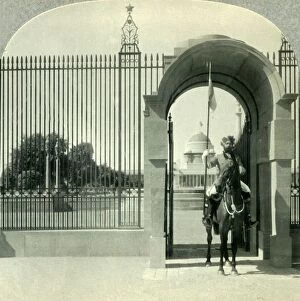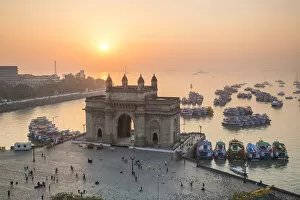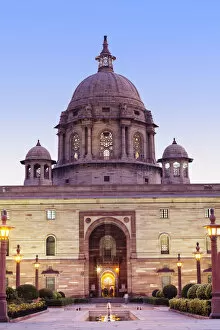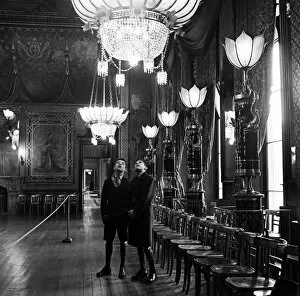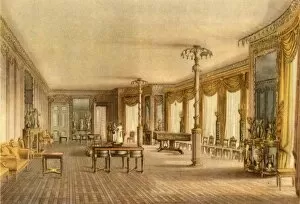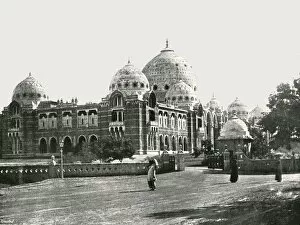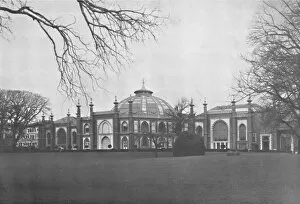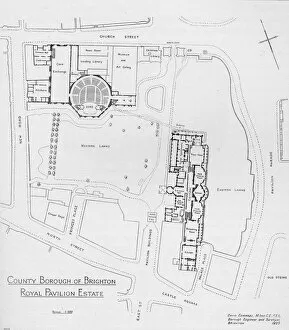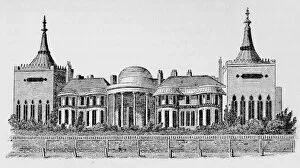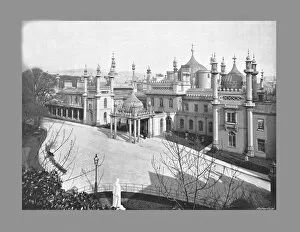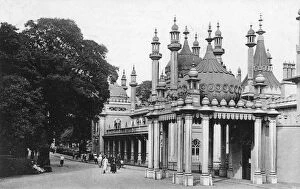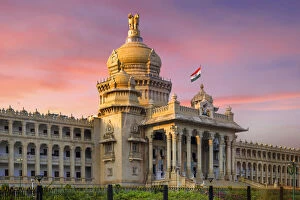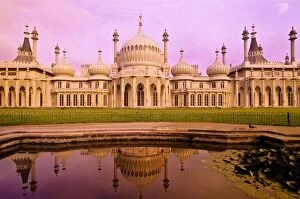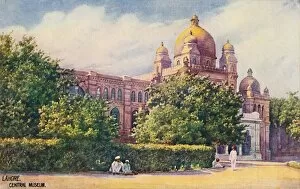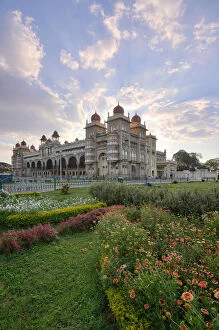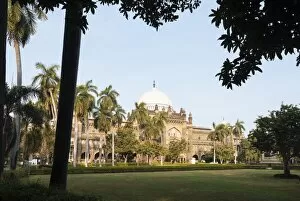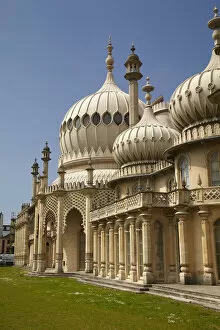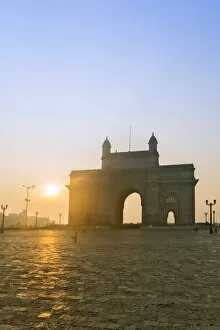Indo Saracenic Collection
"Indo-Saracenic: A Fusion of Architectural Splendor across South Asia" From the majestic sunrise behind The Gateway to India in Mumbai
For sale as Licensed Images
Choose your image, Select your licence and Download the media
"Indo-Saracenic: A Fusion of Architectural Splendor across South Asia" From the majestic sunrise behind The Gateway to India in Mumbai, to the captivating sunset at Vidhana Soudha in Bangalore, the Indo-Saracenic style of architecture has left an indelible mark on the landscape of South Asia. This unique blend of Indian and Islamic influences showcases a harmonious fusion that is both awe-inspiring and culturally significant. As you stroll through the bustling streets of Mumbai, Maharashtra, you cannot help but be drawn towards The Gateway of India. This iconic monument stands tall as a testament to India's rich history and commemorates its colonial past. At dawn, when the first rays of sunlight gently caress its intricate arches and domes, it becomes a symbol of hope and resilience. Venturing further north brings us to New Delhi, where we pass through sentry-guarded gateways into the beautiful government buildings designed by Herbert Baker. These architectural marvels transport us back to the 1930s when British influence intertwined with local craftsmanship resulted in structures that exude grandeur and elegance. Traveling southward takes us to Mysore Palace in Karnataka, where every evening witnesses a breathtaking sunset casting vibrant hues upon its opulent facade. As daylight fades away, this palace transforms into a mesmerizing spectacle that captivates all who lay eyes upon it. Beyond India's borders lies Kuala Lumpur railway station in Malaysia – another example showcasing Indo-Saracenic architecture's reach across Southeast Asia. Its ornate details pay homage to this distinctive style while adding an exotic touch against Kuala Lumpur's modern skyline. Back within India's capital city lies Raisina Hill - home to Delhi's Secretariat-parliament buildings designed by Herbert Baker. Here again is evidence of how Indo-Saracenic architecture seamlessly blends with local surroundings while leaving an everlasting impression on those who witness its magnificence.

